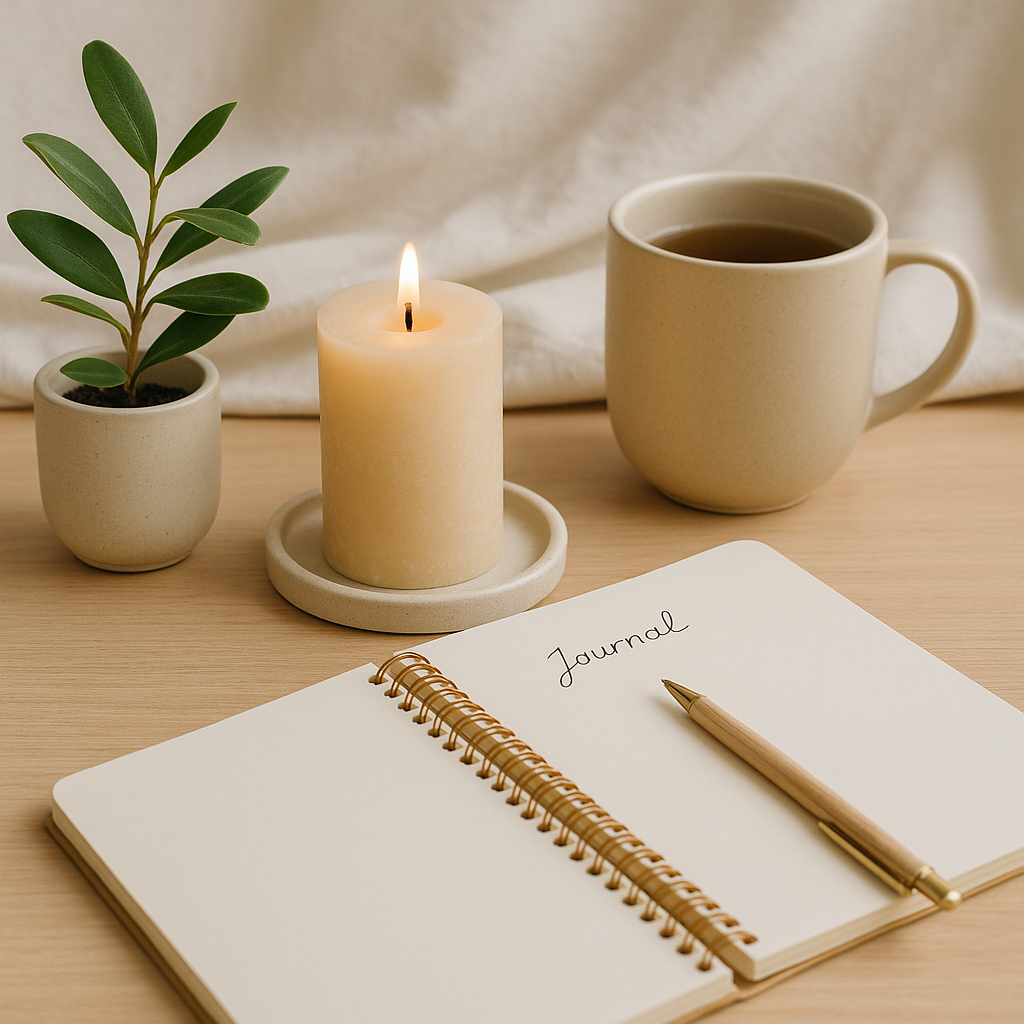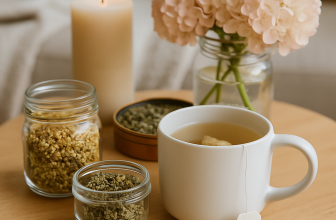
In today’s fast-paced world, where our attention is constantly pulled in different directions, the idea of “wellness” can feel overwhelming. But at its core, wellness isn’t about doing everything — it’s about doing a few things with intention. That’s where rituals come in. Unlike routines, which often feel rigid or obligatory, rituals offer a sense of purpose and grounding. They’re small, repeated acts that help center your mind and body — and when created thoughtfully, they can support you in ways that last.
Whether you’re aiming for more calm, better focus, or a deeper connection with yourself, a consistent wellness ritual can help you get there.
Why Rituals Matter
Humans thrive on rhythm. Just like we rely on sunrise and sunset, having small, repeatable rituals in our day can create a sense of structure and stability — especially when life feels unpredictable. Wellness rituals work because they aren’t about perfection. They’re about presence.
When you do something with intention — lighting a candle before journaling, taking a few breaths before your morning drink, or stretching before bed — you give your brain a cue: “This is time to slow down and take care of myself.”
Even a 5-minute ritual can be powerful if it’s consistent.
Start Small (Really Small)
The biggest mistake people make when starting a wellness ritual is going too big, too fast. A 45-minute meditation sounds amazing in theory — but in reality, most of us don’t have that kind of free time every day. And that’s okay.
Start with something small and doable:
- 3 minutes of deep breathing before bed
- Sipping a warm drink in silence each morning
- Writing down one thing you’re grateful for before checking your phone
- A quick walk around the block to reset your energy
The key is consistency, not complexity. You can always build later.
Pair Your Ritual with Something You Already Do
One of the easiest ways to stick to a new habit is to anchor it to an existing one. This concept is called habit stacking, and it works because your brain already has a rhythm you can attach to.
For example:
- While waiting for your morning tea or coffee, take three deep breaths.
- After brushing your teeth, stretch your arms and back for 30 seconds.
- When opening a window or stepping outside, pause to take in your surroundings for a moment.
By tying your ritual to a habit you already do every day, it becomes more natural and less like a chore.
Make It Meaningful
A ritual doesn’t have to be spiritual or complicated, but it should have meaning — something that resonates with you. Ask yourself: “What feeling do I want to create?”
- Calm? Add soft music, dim lights, or comforting scents.
- Energy? Try movement, sunlight, or bright colors.
- Focus? Clear your space, reduce noise, and use grounding practices.
The more your ritual aligns with your emotional or physical goals, the more rewarding it will feel — and the more likely you’ll keep doing it.
Create a Dedicated Space (If Possible)
You don’t need an entire room to create a wellness ritual. A corner, chair, or small surface will do just fine. By having a consistent space — even if it’s just a favorite mug, blanket, or spot by the window — your brain begins to associate that place with calm and self-care.
Decorate with natural elements if it helps: a small plant, flowers, soft lighting, or something that inspires peace. This can elevate your ritual from a task to a personal sanctuary.
Conclusion
A wellness ritual isn’t about doing more. It’s about doing less, with more presence. It’s a reminder to slow down, breathe, and reconnect with what matters most to you. Over time, even the smallest rituals can create a ripple effect—helping you feel more grounded, balanced, and in tune with yourself.
So start simple. Pick one small moment each day to claim as your own. Light a candle. Breathe. Step outside. And let that be enough.






